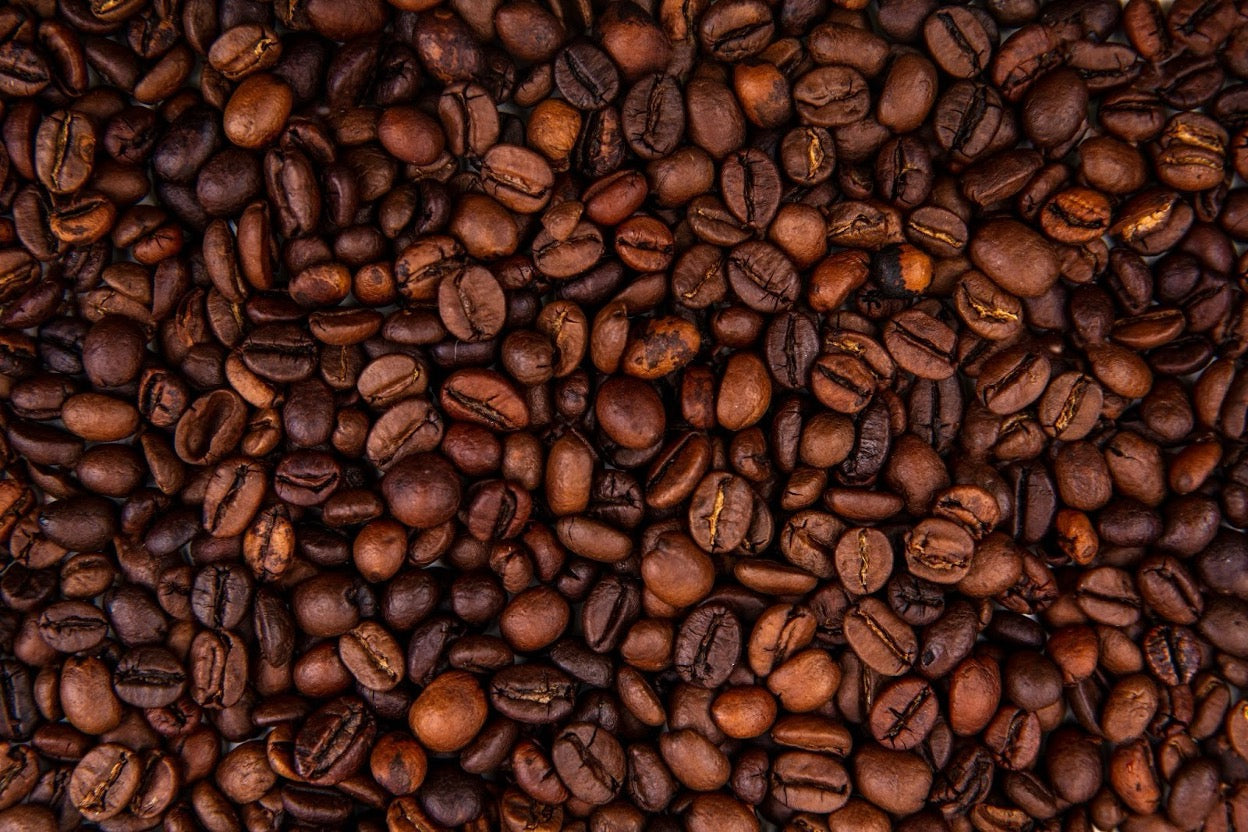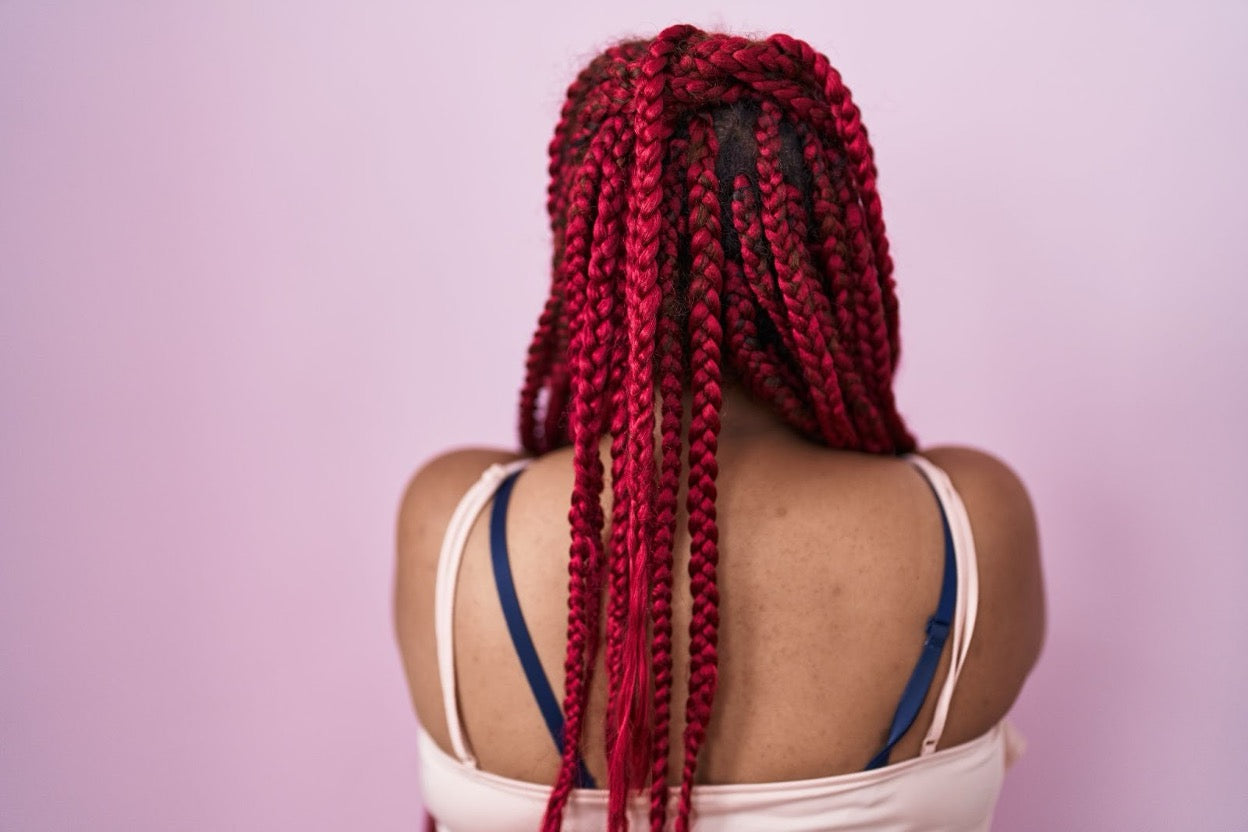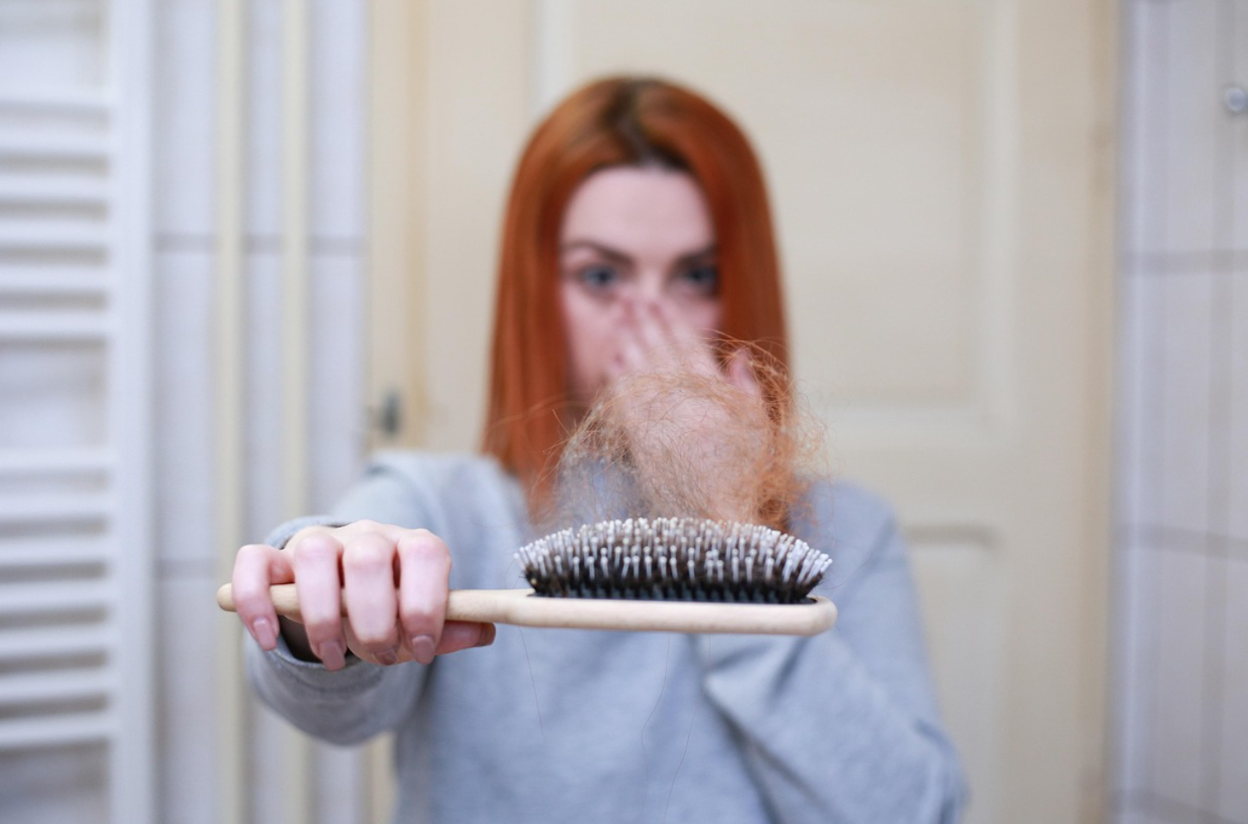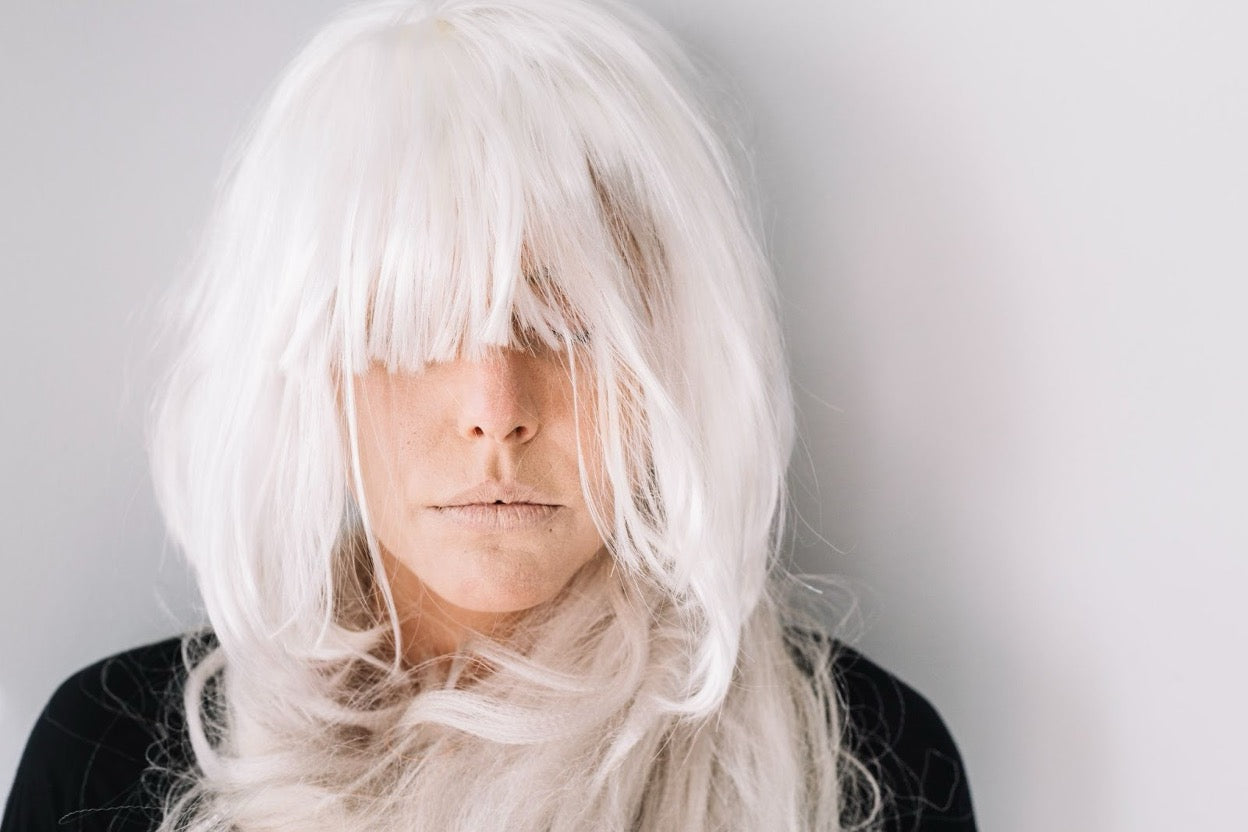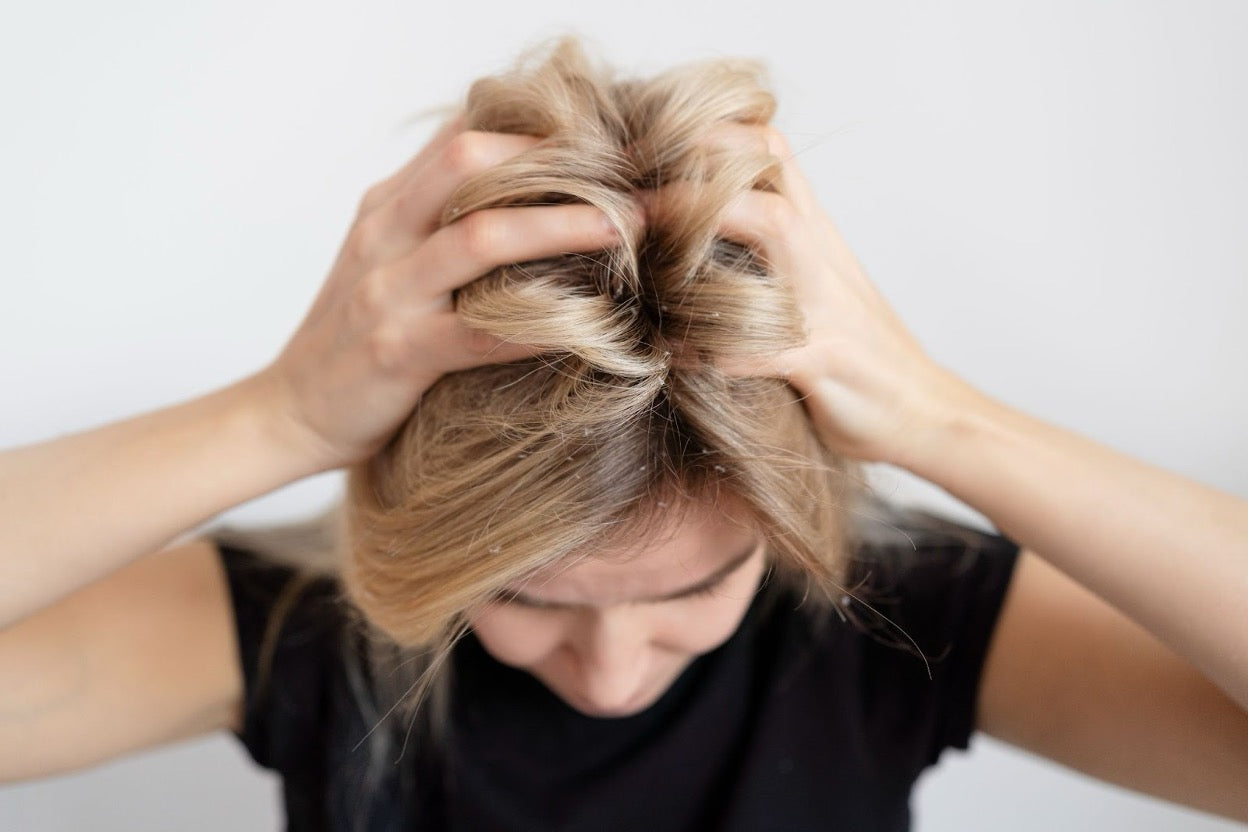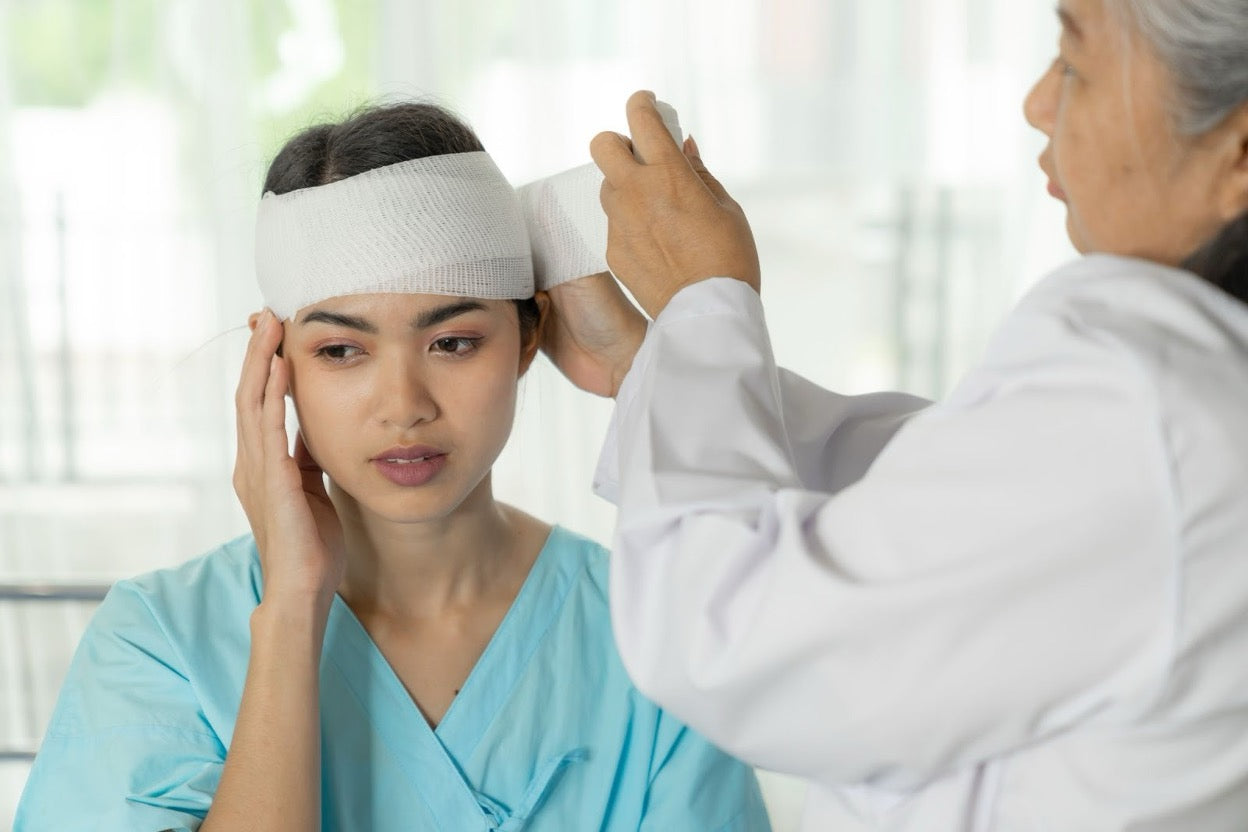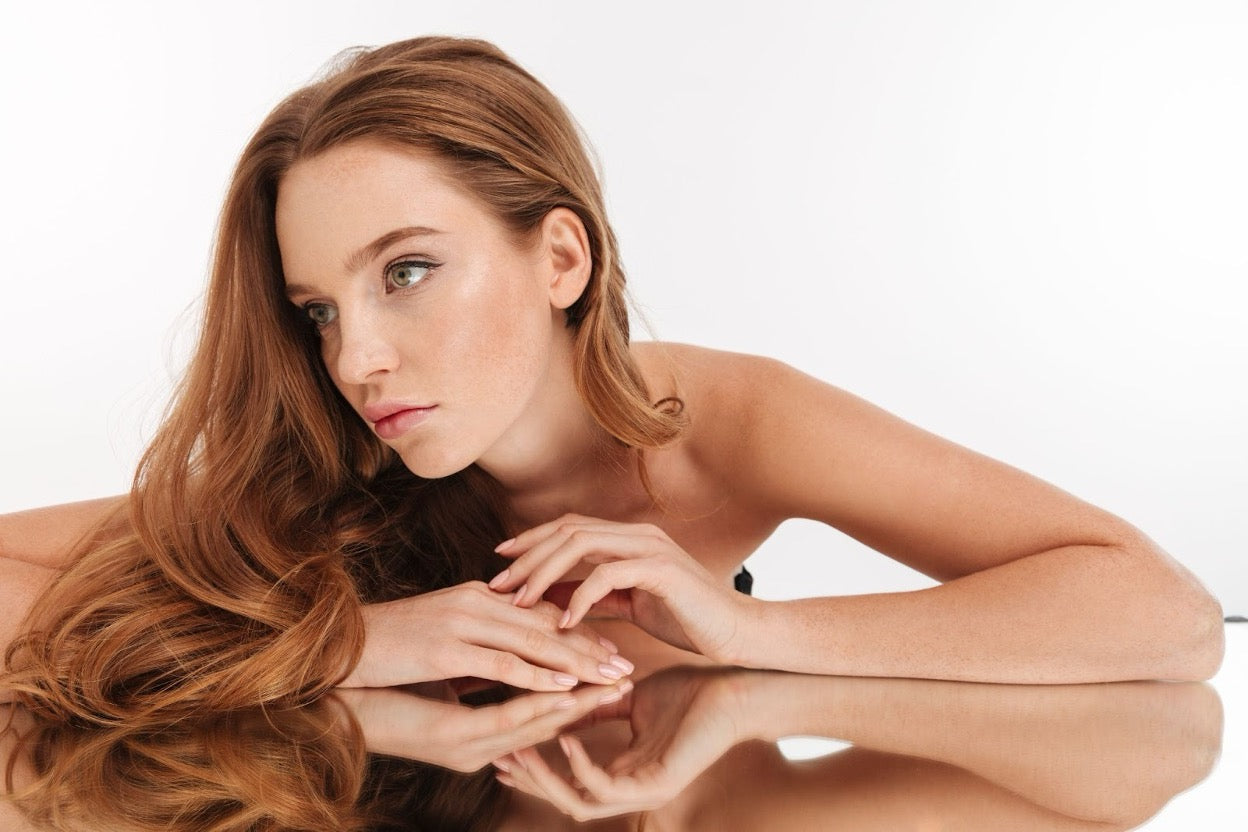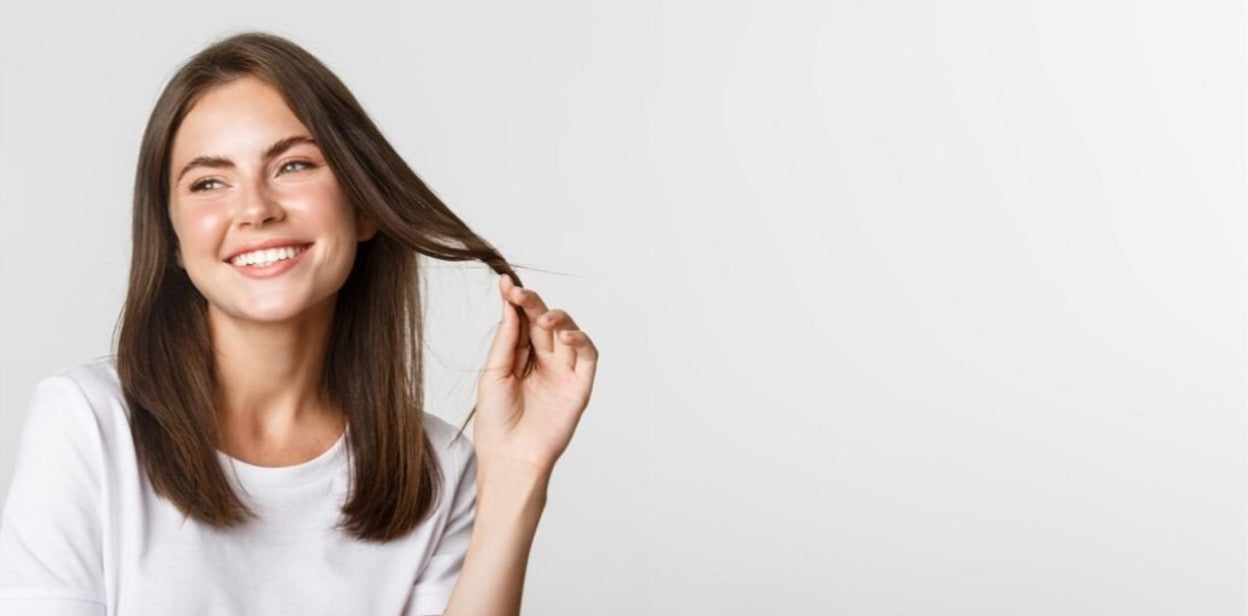Hair Loss vs Balding: Signs & Treatment for Regrowth
BY TRYBELLO
April 26, 2025

Key Takeaways
- Hair loss and balding are not the same; hair loss can be temporary, while balding often leads to permanent hair thinning or bald spots.
- Common causes of hair loss include genetics, hormonal changes, medical conditions, and lifestyle factors.
- Recognizing early signs of hair thinning or bald patches can help in seeking timely treatment.
- Effective treatments for hair loss include natural remedies, medications, hair transplant procedures, and effective styling techniques.
- TryBello's Hair Helper Spray is a natural solution with scientifically-backed ingredients like biotin and castor oil that work to strengthen hair follicles and promote healthy growth without harsh chemicals.
Hair Loss or Balding: Know the Difference
Many people use the terms "hair loss" and "balding" interchangeably, but they refer to different phenomena. Hair loss is a broad term that can describe any instance where hair falls out from the scalp or body. Balding, however, is a more specific condition where hair loss leads to noticeable thinning or complete bald patches.
Origins of Hair Loss
Hair loss can occur for a variety of reasons. Some people experience hair loss because of temporary factors like stress or illness. Others may find that their hair falls out due to more permanent causes, such as genetic predispositions.
Understanding Balding Patterns
Balding, particularly male and female pattern baldness, follows a predictable pattern. In men, it often begins with a receding hairline and thinning at the crown. Women, on the other hand, may notice a general thinning of hair across the top of the head.
Recognizing the Early Signs

Early signs of hair loss might include more hair on your pillow or in your brush.
You may also notice your hair parting or your ponytail becoming thinner. Identifying these signs can prompt you to take action sooner, which might lead to better outcomes in managing hair loss.
“Doctor-Approved Natural Spray Rapidly Boosts Growth & Thickness.
Why 100,000+ Women Are Switching to The TryBello All-Natural Solution!"
Join over 100,000 happy customers who’ve transformed their hair with our natural, doctor-formulated spray—rated 4.8/5 by more than 40,000 real users.
Proven Natural Ingredients
- • Caffeine Extract – Naturally blocks DHT and boosts blood flow to hair follicles
- • Biotin – Absorbs directly through the scalp for maximum results—no pills needed
- • Castor Oil – Soothes inflammation and locks in deep, lasting moisture
- • Rice Water Extract – Packed with proteins and minerals to strengthen hair and reduce shedding
Get Visible Results in 12 Weeks
- • Up to 45% increase in hair thickness
- • Reduces shedding and unclogs hair-draining nightmares
- • Supports regrowth in thinning areas
- • Leaves hair soft, shiny, and full of life
Ironclad 120-Day Growth Guarantee
No results after 4 months? Get 100% of your money back—no questions asked.


★★★★★
I started using this twice a day because I noticed my hairline receding. Didn’t pay attention to track results, now my stylist told me my hair has grown a lot since my last root touch up. I'm impressed! - Bailey

Causes of Hair Loss and Balding
Genetic Factors
Genetics plays a significant role in hair loss, particularly in conditions like androgenic alopecia, also known as male or female pattern baldness. If your parents or grandparents experienced hair loss, there's a higher chance you might too. This type of hair loss is usually gradual and follows a predictable pattern.
For example, if your father started balding in his 30s, you might begin to notice similar signs around the same age. Understanding your family history can help you anticipate and manage potential hair loss.
Hormonal Changes
Hormones can significantly impact hair growth and loss. Changes in hormone levels, such as those experienced during pregnancy, menopause, or thyroid disorders, can lead to hair thinning. For example, many women notice hair loss after childbirth due to hormonal shifts.
Certain medical treatments that affect hormone levels, like birth control or hormone replacement therapy, can also influence hair health. If you suspect hormonal changes are affecting your hair, consulting a healthcare provider might give you clarity and potential solutions.
Types of Hair Loss
Pattern Hair Loss

Pattern hair loss is the most common form of hair loss, affecting millions worldwide.
Pattern hair loss typically starts with a receding hairline or thinning at the crown for men. Women, however, might notice a widening part or thinning on the top of the scalp. This type of hair loss is largely hereditary and can be passed down from either side of the family.
Unusual Hair Thinning

More hair in your brush or shower drain might be a sign of unusual hair thinning.
Unlike pattern baldness, unusual thinning may not follow a predictable pattern. Instead, you might notice more hair in your brush or shower drain. To tackle unusual hair thinning, identify the underlying cause. Stress management techniques can help reduce stress-related hair loss. A balanced diet rich in vitamins and minerals can also support healthy hair growth.
Unexpected Bald Patches

Unexpected bald patches, such as those seen in alopecia areata, can appear suddenly and may affect any area of the scalp.
This autoimmune condition causes the body's immune system to attack hair follicles, leading to hair loss.
Treatment options for alopecia areata often include corticosteroid injections or topical treatments to help reduce inflammation and promote hair regrowth. While alopecia areata can be unpredictable, many people experience regrowth over time.
Seeking support from healthcare professionals and joining support groups can help boost your confidence and give you resources to tackle hair growth.
Treatment Options Available
Natural Hair Growth Remedies
Natural remedies provide a gentle yet effective approach to addressing hair loss. Many people prefer these solutions because they typically have fewer side effects and can be integrated easily into daily routines.
TryBello’s Hair Helper Spray is a good example of a natural hair care solution. Our formulation uses scientifically-backed natural ingredients like biotin and essential oils that work synergistically to strengthen hair follicles and promote healthy growth. Many users report reduced hair loss and improvements in their hair texture, shine, and management after consistent use.
Medications
Medications like Minoxidil, available over the counter, are topical solutions applied directly to the scalp. They can be used by both men and women to stimulate hair growth and slow hair loss.
Finasteride is another medication, typically prescribed to men, that works by reducing the levels of a hormone associated with hair loss. It requires a prescription and is taken orally. Many medications often have side effects, however, so consult with your healthcare provider before taking them.
Hair Transplant Procedures
For those looking for a more permanent solution, hair transplant procedures can offer impressive results. Transplants move the hair follicles from a donor area, usually the back of the scalp, to thinning or bald areas. However, these procedures are usually very expensive.
Effective Styling Techniques
Styling can also help you manage hair loss. Using volumizing products, changing your part, or opting for hairstyles that add fullness can make your hair look fuller.
Additionally, avoiding excessive heat styling and harsh chemical treatments can prevent further damage and breakage while supporting your hair health.
Incorporating Lifestyle Changes
Dietary Considerations
A balanced diet is essential for healthy hair growth. Getting enough essential nutrients can help support hair health and prevent deficiencies that might contribute to hair loss.
Proper Hair Care Practices
Adopting proper hair care practices can also support hair health and prevent further damage. This includes using gentle shampoos and conditioners, avoiding excessive heat styling, and minimizing the use of harsh chemicals.
Stress and Its Effects on Hair
When you're stressed, your body releases hormones like cortisol, which can disrupt the natural hair growth cycle. This can lead to a condition called telogen effluvium, where more hairs than usual enter the resting phase and eventually fall out. To combat stress-related hair loss, incorporate stress management techniques into your daily routine.

Activities like yoga, meditation, and regular exercise can help reduce stress levels and promote overall well-being.
Additionally, stress relief supplements and a healthy work-life balance can further alleviate stress and its impact on your hair.
TryBello: Your Journey to Fuller, Healthier Hair Starts Here
Understanding the difference between temporary hair loss and progressive balding is the first step toward effective treatment. At TryBello, we've dedicated ourselves to creating solutions that work with your body's natural processes, not against them.

Our Hair Helper Spray can help your hair become thicker and stronger without the side effects of prescription medication.
Our Hair Helper Spray stands apart from conventional treatments because we believe hair wellness shouldn't come with compromises. The results speak for themselves—within just 4 to 8 weeks, our customers experience visibly thicker, fuller hair growth without the side effects associated with synthetic alternatives.
Hair loss can feel overwhelming, but you don't have to go through it alone. Join the thousands of customers who've transformed their hair naturally with TryBello!
Ready to fall in love with your hair again? Try our Hair Helper Spray today and see what nature-powered hair growth can do for you.
TryBello—because healthy hair begins naturally.
Frequently Asked Questions (FAQs)
Trending Topics
See our latests posts #TRYBELLO



